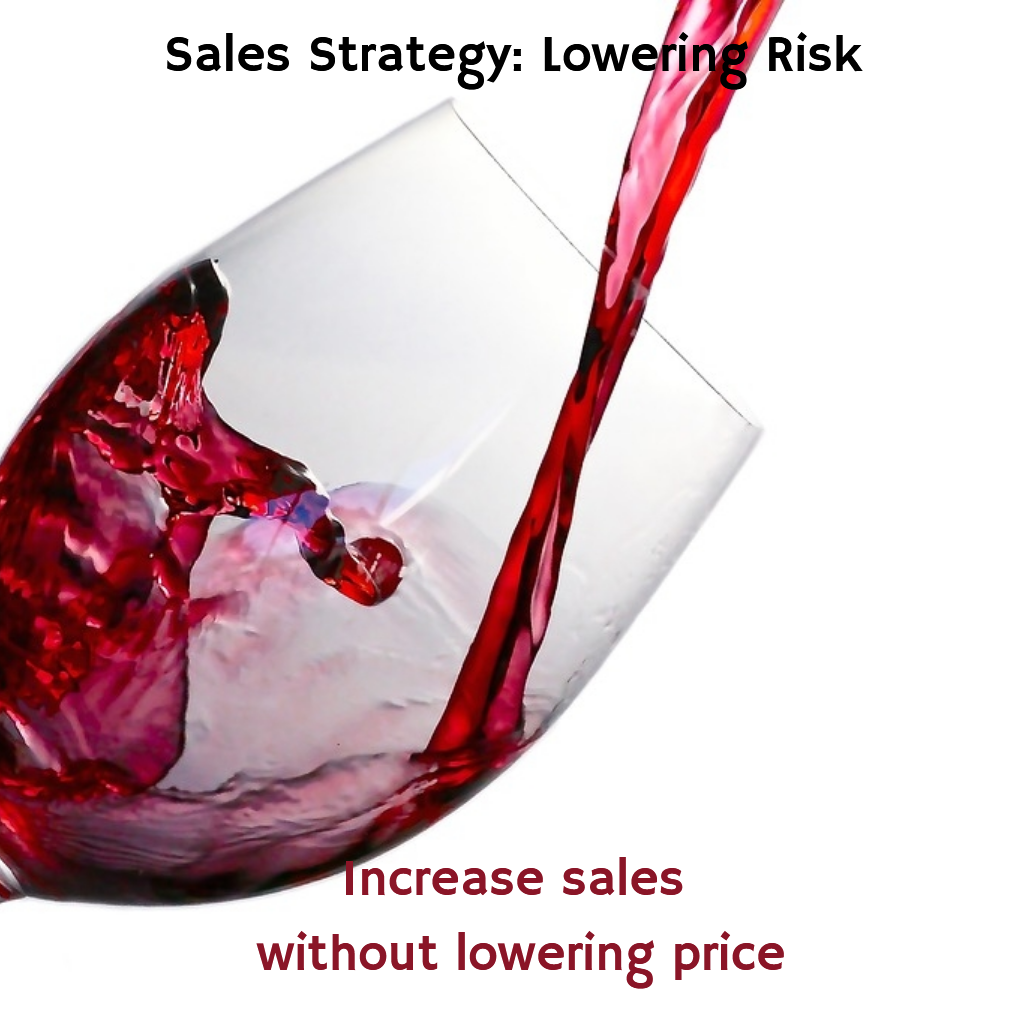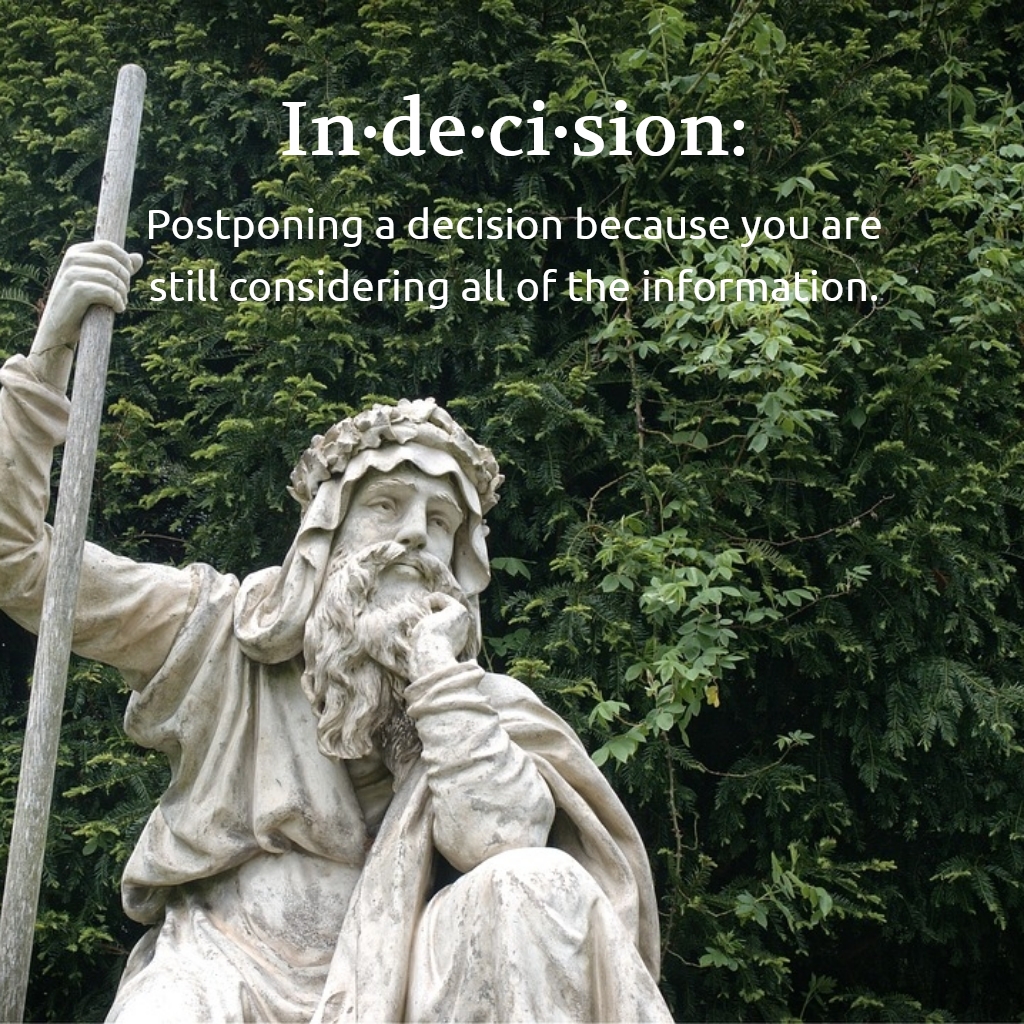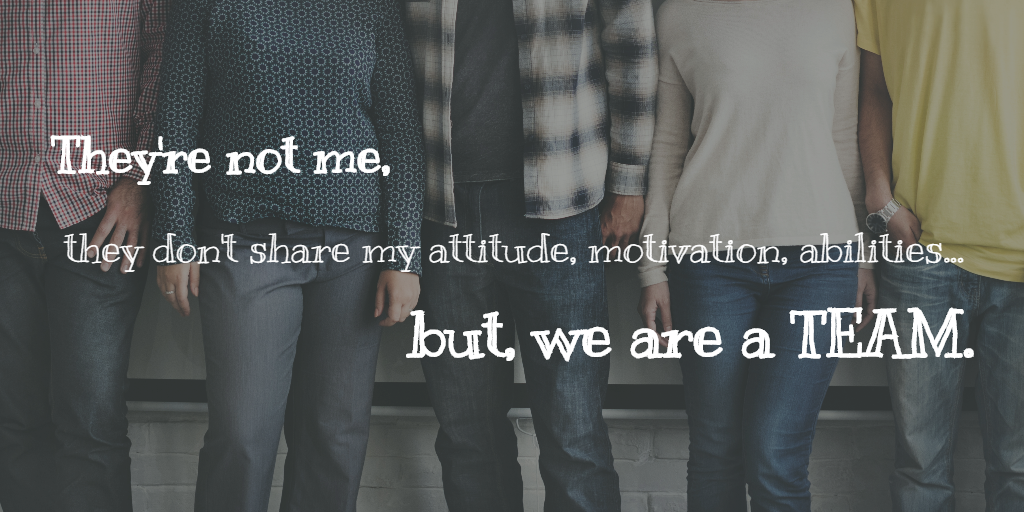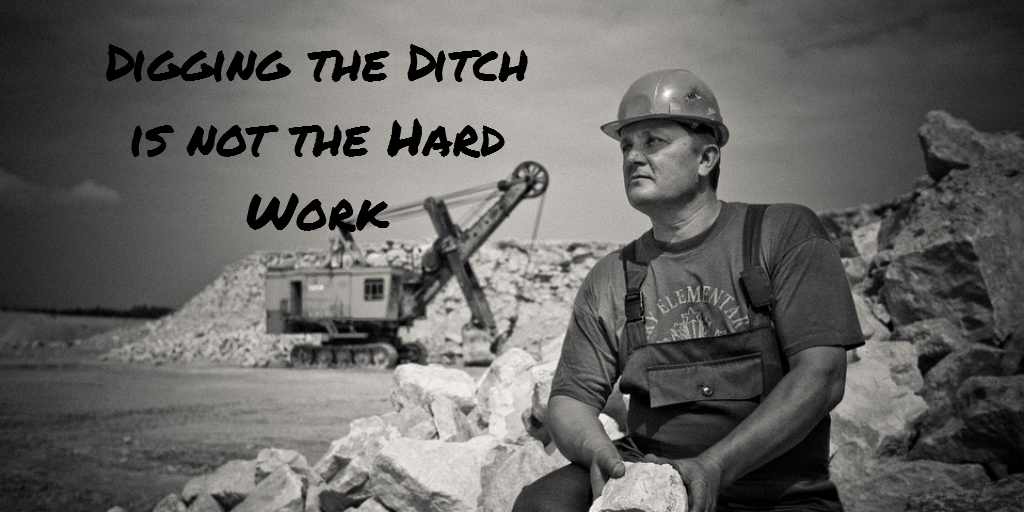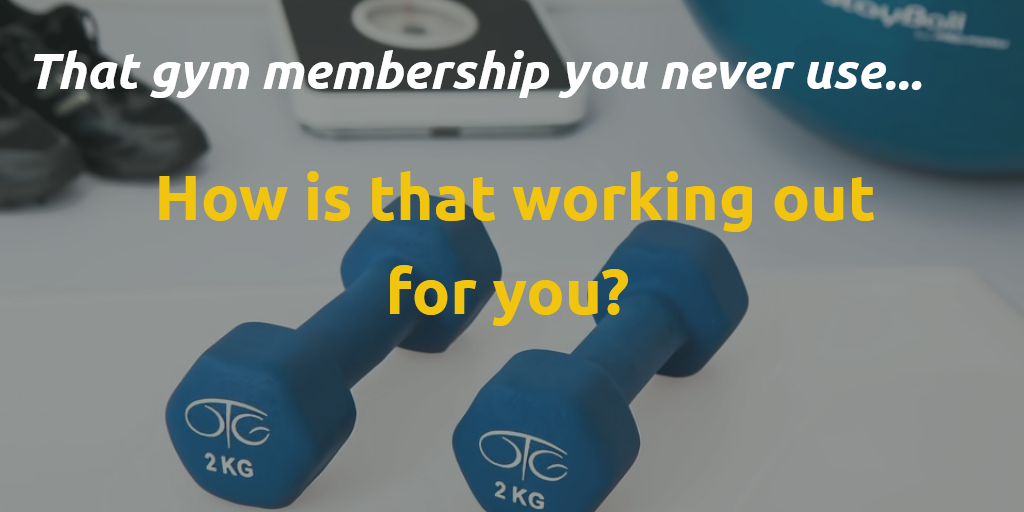
By Larry Caretsky
Industry experts continue to talk about the explosive growth of CRM software despite the fact that for a very large number of businesses CRM has been a miserable failure. Talk with CEOs and owners of small to mid-size business and they typically make the same comment; “we tried it and it didn’t work for us.”
Over the past decade industry analyst firms such as AMR, Gartner, Forrester, and IDC have reported alarming rates failure rates of as high as 70% for CRM implementations yet nothing has been done to reverse this trend. So why are people continuing to buy CRM software? The answer is twofold.
First, today’s business environment changes at a rapid pace and without a business strategy you cannot maintain a competitive edge. CRM is that business strategy. It’s all about capturing, tracking, managing and sharing vital customer information with the people and departments that need it to efficiently do their jobs. If properly executed CRM will enable you to automate and streamline the internal business processes that impact how you market, sell and provide service to your customers. Using an Excel spreadsheet to manage customer relationships just doesn’t get the job done anymore.
Secondly, despite the overwhelming reports of CRM failure there are success stories and some basic reasons why some companies have succeeded while others have failed. Let’s take a look at what these companies have done that has enabled them to be successful with CRM.
Clear Business Objectives
Successful companies take the time to document and educate their staff about the specific business requirements they are looking to automate. They don’t simply say “we need to improve sales” or “provide better service.” They talk about the need to implement a structured sales process for managing each phase of the sales cycle; or the need for an automated ticketing system so that they can monitor and manage how quickly and efficiently they address customer inquiries. Then they look for solutions that are aligned with these requirements. This ensures that they do not waste time downloading a dozen or so free trials or get enamored with fancy bells and whistles that have little value to their business. Companies that fail to document clear business objectives have no road map to follow and as a result typically end up selecting the solution that they believe has the most features for the least amount of money. A year later they become a member of the “we tried it and it didn’t work for us” club.
Don’t Over Engineer the Decision
Companies that are successful with CRM are focused on solving one to two key business challenges. They are not looking to address every business requirement on day one. Here is a simple example of what I mean. If you want to plant a bush this weekend you will need to buy a shovel. Certainly, it would be nice to also buy a rake, hand trowel, pruner, spade and maybe even a garden hose for the future, but you don’t need this right now. Don’t allow yourself to lose focus on your primary need – the shovel.
This happens all the time with selection of CRM software. Someone goes to every department to document their needs and nice-to-have’s, then spends days, weeks and sometimes months evaluating CRM solutions that can deliver this level of functionality. Then they get frustrated that they cannot find one that does everything within their budget. Or worse, they select the expensive system with all the features and discover months later that they are now stuck with a bloated system that no one is using. Yes, it is certainly important to seek a solution that can support your growth, but you do not have to purchase and implement every application and feature on day one. It’s best to address your needs one at a time. It’s hard enough to just do that.
Management Commitment and User Adoption
There is a common denominator with companies that have been successful with CRM software and that’s management commitment. Not only has management defined the core business requirements they are trying to automate, typically no more than two or three, but they have selected someone to spearhead the selection and implementation process. I call this the “CRM Champion”. This person is focused like a laser beam on finding the solution that is closely aligned with the business requirements outlined by management and in identifying the on-boarding, customization, and training that will be necessary for the success of the project. The successful implementation of any CRM system will require change and use adoption. This has to be driven by management to achieve success, plain and simple.
There is also a common denominator for those that have failed. Some companies particularly smaller organizations tend to look at the selection and utilization of CRM software like a gym membership. What do I mean by this? Well they do not have the time to define their requirements or perhaps there are none. The company is doing fine and getting a CRM solution is simply to satisfy the sales manager or a group of sales representatives that have been asking for sales tools. The industry offers dozens of basic solutions whereby you can sign up for free or simply pay a few dollars for use of the product on a month to month basis. It’s an easy decision for management, no commitment of their time and in many cases no financial commitment. What can be better? The problem here is the outcome, typically no value and a fast path into the “we tried it and it didn’t work for us” club.
About the author
Larry Caretsky is CEO of Commence Corporation, a provider of desktop and cloud based CRM software for small to mid-size businesses. Caretsky has written an e-book “Practices That Pay” and numerous articles on the subject of CRM. He is considered an expert in the CRM space.
source http://www.commence.com/blog/2017/07/31/3-steps-to-ensure-your-success-with-crm-software/

